“I have a student with some pretty bad behaviors.
How do you reward the good behavior if he’s also doing bad behaviors at the same time?”
-Allison H.
Ignore Bad Behavior, Reward Good!
I feel you Allison. You want to reward a student for not hitting except he is pulling your hair (that, by the way, actually happened to me). Just today I was trying to praise a student for sitting while he pulled on my clothes and arms (*ouch*).
So, what do you do?
–
Praise, Praise, Praise
I have been there. A student is engaging in a behavior that’s so irritating or injurious you have to respond in some way. I know some teachers who believe that, no matter what, bad behavior must be addressed. There must be a consequence. They must be punished.
There is one very important thing you have to remember…
Punishment doesn’t work.
Rewards are far more effective than punishments.
[tweetthis]Punishment doesn’t work- Rewarding is better for students with Autism, LID & PMLD.[/tweetthis]
When you reward a desired behavior and a student gets something they want (whether that be attention, tangible rewards, or a desired activity), that is motivating. Praising the good behavior will garner more good behavior.
Praise is always a valuable tool, just remember to praise the behavior and not the child.
Sometimes students can internalize the ‘good boy’/‘bad boy’ praise and interpret it to mean when they aren’t successful it is because they are bad… and that can actually get you more bad behavior. We want to maintain a child’s self worth, so praise the behavior. “Good girl” is not nearly as meaningful as “I like how you are making good choices” or “You did a good job finishing your work”. Both of these also point out the positive behavior that you liked and are rewarding. Heaven forbid a student think you said ‘Good Job” because they were pulling your hair so well!
Also be sure to change up the praise. Always saying “Great work” may start to get old. Try visuals (thumbs up or happy notes), physical affirmations like high fives or a pat on the back, or just change up the way you say your praise. Remember, mention the thing you are praising so the reinforcement is for the desired behavior.
–
–
Planned Ignoring
Here comes the other part of the Ignore Bad Behavior-Reward Good dichotomy… the ignoring part.
Have you seen the video below? Watch just a few minutes of it and think about behaviors in the classroom…
The truth is it’s no fun to have bad behaviors if no one is there give you what you want (the point of the behavior in the first place)! Now, with that said, some students have bad behaviors (like self injury) that happen if you’re there as the audience or not. This method is only going to work when you ALSO teach replacement behavior- which we will talk more about below.
There is real power in ignoring bad behavior in combination with praising good ones… and ignoring alone won’t be nearly as effective, so sprinkle in lots of praise for all the positives. Think of how this sounds as an observer. A student is sitting (a behavior being targeted) and they are also breaking crayons… the teacher rushes over and yells “No! Stop it! Why are you doing that?” versus the teacher going over and removing the crayons while saying “Bobby, I like how you are sitting so well. Let’s use the crayons the right way.” And then the teacher models appropriate behavior.
It feels and looks very different. Right? Be very intentional- ignore bad behavior and reward good behavior with praise as you model the replacement behavior.
The other part of this you have to also consider is WHY the student is behaving like they are. The behavior has a function… do you know what it is so you can shape better behavior and teach a replacement behavior?
–
–
Why Does The Behavior Happen?
I would be remiss if I didn’t mention the function of behavior just one more time. I wrote a post about just that, and you can find it here: “What the F? That’s Function”.I highly suggest you take a look, you may find some ideas about determining the function of behavior and also what to do once you decided on the function of behavior.
There’s also another post here on how to address problem behaviors.
One last post that might help is how to stop behavior before it started, Behavior Strategies the Work BEFORE the Behavior.
The thing is a student may not know how else to get the attention/tangible/escape they want without bad behavior like pulling your hair. My shirt and arm got yanked on today because a student wanted to avoid work and socialize. My arm could think of some better ways to socialize… but the student may now know of any other way to do it than to be aggressive.
Replacing behaviors are so important. You can read more about that here: Replacement Behavior for Hitting. When you use this Ignore-Reward system, you MUST do the third part too, which is teaching a replacement behavior. What do you want the student to do instead of the behavior? They are doing it for a reason- there is a function… so what can they do instead to get the thing they want. Without teaching the replacement, you will not change behavior long term because the student will always be coming up with new and inventive ways to get their reward.
Just remember, ultimately WE are the ones that taught the student those behaviors (WE being all the adults, teachers, paras, and parents around them). They weren’t born with the behaviors. They learned the behaviors got them what they wanted. They learned having the bad behavior got them a positive reward. So as you ignore bad behavior and reward good, remember the student learned the behavior and they can unlearn it with the right motivation.
—
—
Why Not Punishment?
I worked with a teacher who was, literally, The Punisher. Everything garnered a time out, isolated lunch, or missed recess. Everything. But it never really changed the behavior for long. When you punish bad behavior, you don’t get good behavior. Sometimes you just get more bad behavior.
There are people out there that will be hell bent on punishment and consequences. I can tell you it is not nearly as effective as ignoring bad behavior, rewarding good behavior, and teaching a replacement behavior. That is the trifecta!
Ignore Bad Behavior, Reward Good, Teach Replacement!
Now go forth and Ignore, Reward, Replace!
Article Citation: [cite]



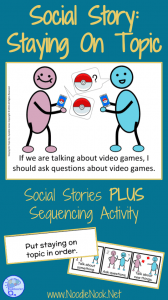
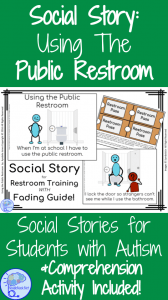
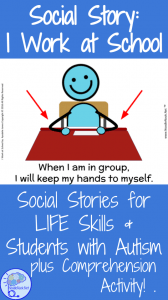
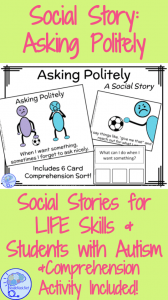
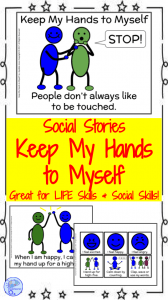
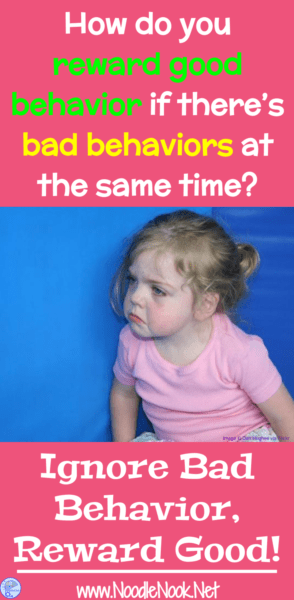
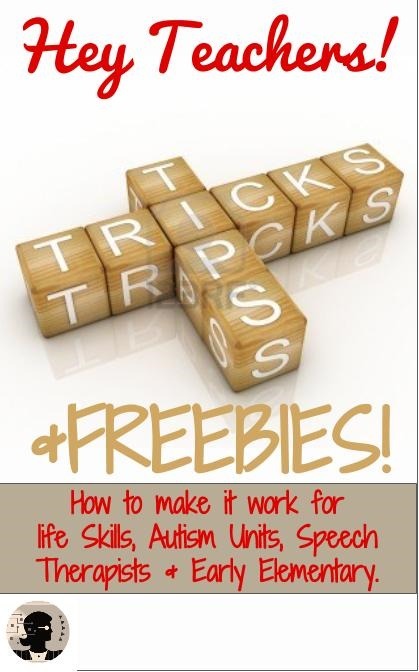

Pingback: Classroom Management Plan Preparation | Process Street
Comments are closed.